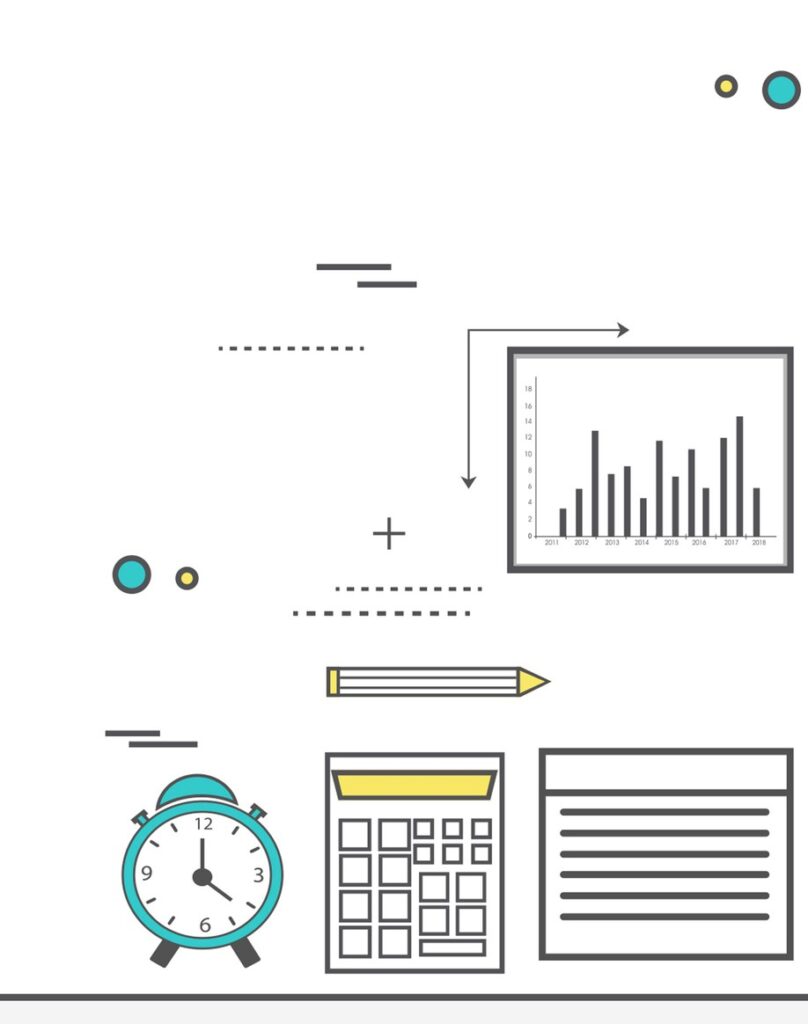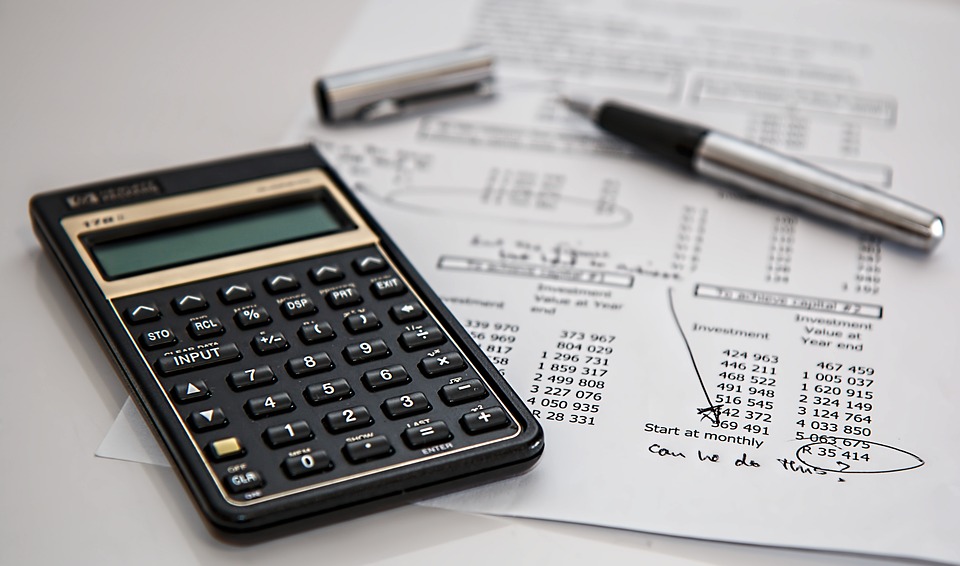Canadian Taxation System.
by Shreeji Tax & Accounting Admin I Feb 12, 2023 I Canadian Taxation System.
The Canadian taxation system is a complex network of federal, provincial, and territorial taxes that is responsible for financing the government’s programs and services. In Canada, taxes are imposed on various forms of income, such as employment income, investment income, and business income. In addition to these taxes, individuals and businesses are also subject to various indirect taxes, such as the goods and services tax (GST) and the harmonized sales tax (HST).
The federal government is responsible for collecting taxes on behalf of all provinces and territories, and the Canada Revenue Agency (CRA) is the main agency responsible for the administration of federal tax laws in Canada. In addition to the federal taxes, each province and territory has its own set of taxes, and the administration of these taxes is the responsibility of the relevant provincial or territorial government.
Employment income is the most common form of income in Canada, and it is subject to federal and provincial income taxes. The federal income tax system is based on a progressive tax rate structure, which means that individuals with higher levels of income are taxed at a higher rate than those with lower levels of income. In addition to income taxes, individuals are also subject to various deductions and credits, such as the basic personal amount, which is a tax credit that reduces the amount of tax that an individual owes.
Investment income, such as interest, dividends, and capital gains, is also subject to federal and provincial taxes. The tax rate on investment income varies depending on the type of investment and the individual’s marginal tax rate.


In addition to the taxes on employment income and investment income, businesses are also subject to a number of taxes, including corporate income tax, payroll taxes, and indirect taxes such as the GST/HST. The corporate income tax is a tax on the profits of corporations, and it is based on a graduated tax rate structure, similar to the federal personal income tax.

In conclusion, the Canadian taxation system is a complex system of federal, provincial, and territorial taxes that is responsible for financing the government’s programs and services. The taxation system affects all individuals and businesses in Canada, and it is important to understand the various taxes that apply to your specific situation. If you have any questions about the Canadian taxation system, it is recommended that you seek the advice of a qualified tax professionals.
Understand Residential Rental Property Rebate….
by Shreeji Tax & Accounting Admin I Feb 13, 2023 I Residential Rental Property Rebate.
Have you recently purchased a newly constructed home to rent? You may be qualified for a GST/HST rebate on new residential rental properties!
The majority of Ontarians are aware of the GST/HST rebate for new homes used as primary residences; this rebate is simple to obtain because the builder or developer will frequently submit the application on your behalf, and you will see the deduction in the final statement of adjustment to the purchase price.
Rebates for new homes purchased as a primary residence are very different from rebates for residential rental units. The home builder or condo developer cannot submit an application on your behalf for the new home GST/HST refund when you buy a new residential property to rent out. As soon as the contract is completed and a renter is signed, you can immediately apply your rebate. The New Residential Rental Property Rebate is what this is known as (NRRP).


The maximum government rebate for the GST portion is $6,300, or 36% of the GST tax amount, which is what is due on a $3,50,000 house. The refund decreases proportionally as the home’s worth rises from $350,000 to $450,000 and completely disappears if the home’s value exceeds $450,000.
Up to a maximum reimbursement of $24,000, the Ontario rebate is equivalent to 75% of the provincial portion of the HST paid. In other words, you should be eligible if the home’s value is greater than $400,000.
When it comes to the provincial portion of the HST you pay, as a buyer, you are qualified for both a federal and an Ontario rebate. You must submit two different forms in order to make the same claim.
Change your intention ? No Problem…
Builders and developers questioned the buyer about their plans for the property while they were signing the purchase agreement. Sometimes buyers acquire the home with the intention of using it as their primary house, but they wind up renting it instead. Since the property is not used as a primary residence, they are ineligible to get a GST/HST credit from the government in that situation. The CRA may impose fines and penalties in response to this. The buyers in that situation have to submit the proper rebate, known as the New Residential Rental Property Rebate (NRRP).
It is usually advisable to seek the assistance of a tax adviser to submit the proper claim for New Residential since CRA requests proper documentation.
Documents Required
- Copy of 1-year lease agreement.
- purchase and sales agreement from builder.
- statement of adjustments from lawyer.




